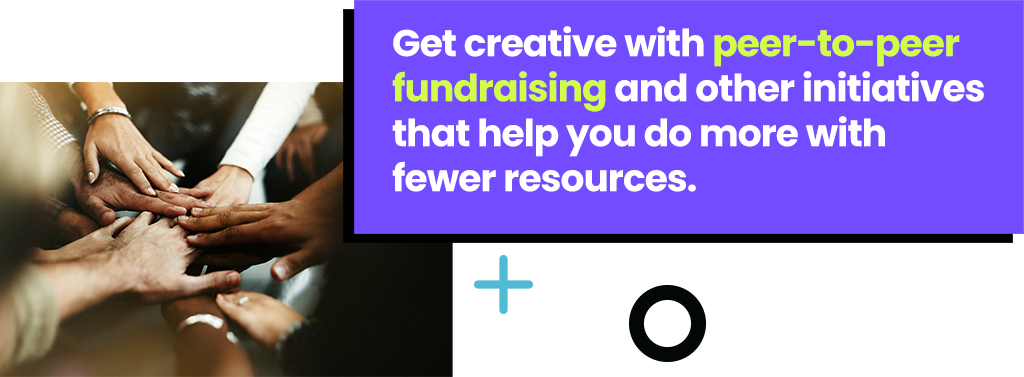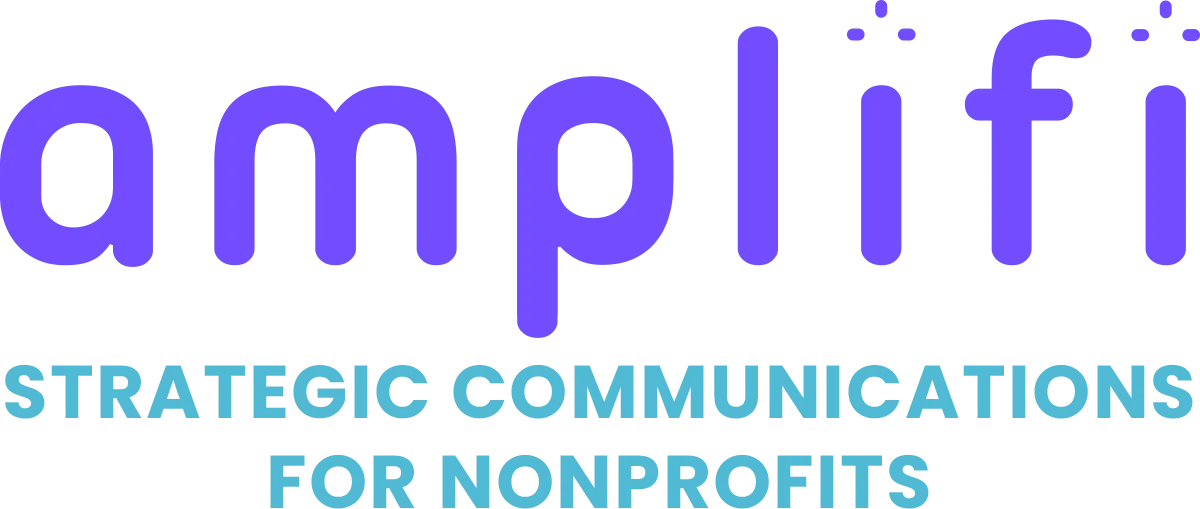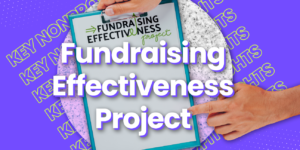There’s no shortage of challenges facing fundraisers today. Economic pressures, changing donor expectations, and shifting priorities are forcing nonprofits to rethink how they raise money and engage with donors.
And many organizations are trying to navigate and limit the effects of federal grant freezes and unfreezes. Chaos in Washington is creating havoc on organizations that receive federal funding, directly or indirectly, and it’s harder than ever to plan for the long term.
Donor behavior has shifted in the past few years. Overall donation amounts may be trending upwards, but fewer donors are giving than just a few years ago.
In fact, dollars raised are up by 3.7 percent year over year, while total donors and retention rates have fallen by 3.9 percent and 4.5 percent, respectively, according to the latest data from the Fundraising Effectiveness Project.
You can’t wave a magic wand to make these challenges disappear. But there are some strategies you can use to optimize your fundraising efforts and maximize impact while being conscious of operational expenses.
In our experience, tapping into your data, working with other organizations, and making your outreach more efficient are some of the best ways to achieve more with fewer resources.

Evolve your data-driven approach.
Data is one of the most powerful tools you have to advance your fundraising efforts. Analyzing donor behaviors, past giving patterns, and engagement will help you prioritize donors and focus your fundraising efforts.
So, don’t try to cast a wide net and hope it will result in more donations. You should prioritize advanced personalization strategies in targeted campaigns instead. This will help you build relationships with donors who already identify with your cause, leading to improved donor retention rates and securing more donations.
Start by digging into your donor database and identifying trends among donors or donor segments and how they respond to specific communications.
And consider using automated email journeys to keep donors engaged and save your team some time. Automating some donor communications ensures timely and relevant messages reach the right audience and steer donors towards the next desired action.
LEARN MORE: Key questions to answer before your next campaign.
Form strategic partnerships.
Collaboration is the key to making the most of limited resources. So, consider partnering with other nonprofits, local businesses, or community organizations to share resources, co-host events, or cross-promote initiatives.
So, consider looking into collaborative fundraising efforts to make a bigger impact. Try to bring other organizations with similar goals together for a joint campaign that benefits everyone involved. This lowers the investment required by each organization and helps grow your donor pool as you introduce your cause to new audiences.
And don’t forget to explore in-kind partnerships. These agreements will help you access additional resources at a reduced cost. So do some research and look for businesses willing to donate services, venues, or promotional support in exchange for visibility and goodwill.
LEARN MORE: Six signs it’s time to hire a fundraising agency.

It’s time to break the status quo.
These are uncertain times for fundraisers. So, now is the time to think outside the box and try some new approaches!
Getting creative can help you do more with less, whether launching digital-first fundraising initiatives, leveraging peer-to-peer campaigns, or rethinking the strategies you use to keep donors engaged.
So, consider integrating virtual fundraising events, crowdfunding campaigns, and social media challenges to reach new audiences and mix things up. And don’t be afraid to embrace gamification in your outreach. Initiatives like matching donation challenges or donor leaderboards can encourage friendly competition and boost engagement among your donors.
And remember, fundraising isn’t just about growing your annual fund.
So, explore legacy giving, monthly giving programs, and targeted major donor appeals if you’re not already.
LEARN MORE: How monthly giving can elevate your fundraising.
Are you fundraising efficiently?
Evaluating your fundraising efficiency is all about the big picture. So, you need to consider all appeal-related expenses and subtract that number from your total revenue to get a real feel for your campaign’s success. This includes things like design, mail, and printing fees.
Looking only at your gross numbers paints an inaccurate picture of your results.
Response rate, average gift size, cost per donor, and return on investment are the four things every team should keep in mind when evaluating their fundraising efficacy.
These key metrics can help you shape your next appeal and maximize results. And analyzing these areas will help you compare campaign results year-to-year more effectively, so you know what needs to be changed to improve results.
LEARN MORE: Can you improve your fundraising efficacy?

Do you have too many vendors?
If your organization works with different vendors for fundraising, marketing, and donor management, consolidating these services can help you cut unnecessary expenses. A single, integrated solution may be more efficient and cost-effective than managing multiple partnerships and their systems.
But this goes beyond cost savings. Consolidating vendors can reduce your administrative workload while streamlining data collection, storage, and hygiene practices.
So, look for technology platforms that integrate donor databases, marketing automation, and reporting tools into a single platform.
Do you work with an external designer? Perhaps you’re even using different vendors to create emails and print communications.
You may have a fundraising consultant who helps you build your strategy. And then a different company for printing your mailers and sending them to your recipients.
This is the case for too many nonprofits. And it makes it harder to stay organized when it feels like different partners handle everything.
LEARN MORE: Going surround sound with direct mail.
Embrace fractional fundraising teams.
On the flip side, adopting a fractional fundraising model can be a flexible solution that helps your nonprofit achieve more with less.
Have you considered bringing in seasoned fundraising professionals to support specific functions instead of hiring a full-time manager or building out an entire department? Part-time fractional team members can assist with urgent needs, including campaign strategy, donor communications, data analysis, or grant writing.
It also lets your in-house team focus on what they do best while moving the needle forward on important strategic goals.
This strategy will help your nonprofit work with part-time specialists instead of full-time generalists and allows you to be more efficient with your fundraising expenses.
Flexibility is key in these uncertain times. And fractional teams give you the capacity to scale your efforts up or down based on your current priorities and budget. It’s an effective way to maintain momentum, drive results, and stay focused on your mission.
LEARN MORE: Making the case for a new strategic partner.
The right partner can make all the difference.
There’s no doubt about it. These are challenging times for fundraisers.
But nonprofits that embrace data-driven decision-making, strategic partnerships, and creative problem-solving will position themselves to succeed despite them. You’ll need to honestly assess your fundraising approach and find ways to prioritize your spending.
This is the key to making the world a better place without stretching your budget too thin.
Want to talk through your nonprofit’s specific challenges and how to address them?









